Coca price crash contributing to Colombia food insecurity-UN
By Oliver Griffin
BOGOTA (Reuters) - A crash in the price of coca, the chief ingredient in cocaine, is contributing to food insecurity in Colombia and causing displacement, as people leave areas that depend on the illicit crop, according to an internal United Nations presentation seen by Reuters.
Historically coca crops have provided better incomes than legal alternatives for thousands of rural Colombian families, with drug-trafficking groups often footing the costs of transport, fertilizers and other supplies.
Now coca-growing farmers have no buyers for the leaves or coca base leading to economic hardship amid high inflation, according to an internal presentation from the United Nations World Food Programme (WFP).
"There is no cash to buy food and the inflation of (food prices) is rising," the presentation, dated June, said.
The WFP confirmed the document's provenance.
Oversupply of coca - including more productive plants and record crops - is contributing to the crash, along with slow growth of trafficking routes and new coca cultivation in Guatemala, Honduras and Mexico, the presentation said.
Other reasons for falling coca prices include territorial disputes between trafficking groups and imports of synthetic opioid fentanyl to the United States, a major cocaine consumer, it added.
Some 400,000 families nationwide rely on income connected to coca cultivation, the presentation said, adding coca markets have been paralyzed in Colombian provinces, including Narino, Putumayo and Norte de Santander for between three months to a year.
The government will send 2 million pesos (around $487) each to just over 77,000 families as part of an existing program to replace illicit crops, said Valerin Saurith, an adviser for the presidency's Zero Hunger initiative, adding the government will work to build viable economic options for affected communities in the medium-term.
"It's not just substituting crops, but the economy," Saurith said.
Coca prices are currently at around 30% of their former levels, said Elizabeth Dickinson, a senior analyst for International Crisis Group in Colombia, adding rural areas are suffering "complete economic collapse" as a result.
A kilo of coca base could previously fetch up to approximately $975 in Narino, but would now go for around $240 if buyers could be found at all, Dickinson said, adding that local economies in coca-growing areas - including shops and other commerce - rely on income from the crops.
"This has created not only an economic crisis but frankly a humanitarian crisis," Dickinson said.
(Reporting by Oliver Griffin; Editing by Aurora Ellis)



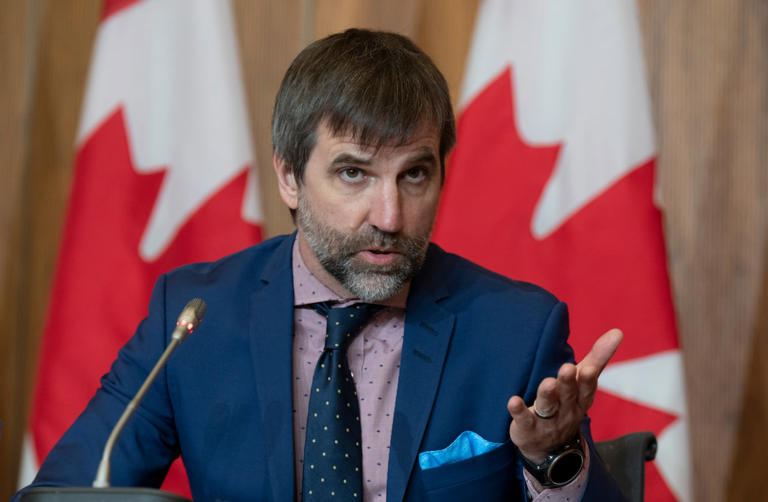



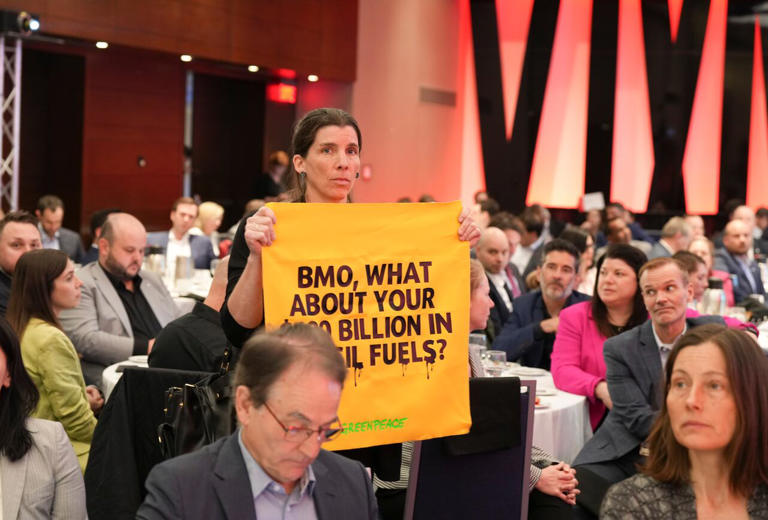
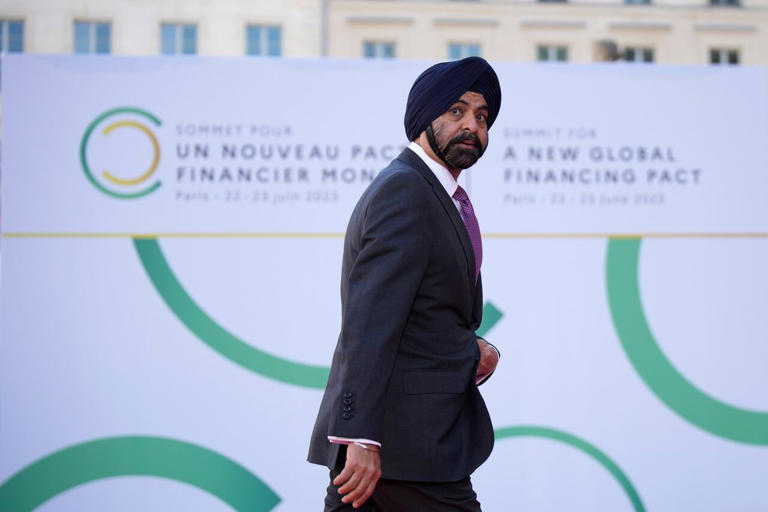

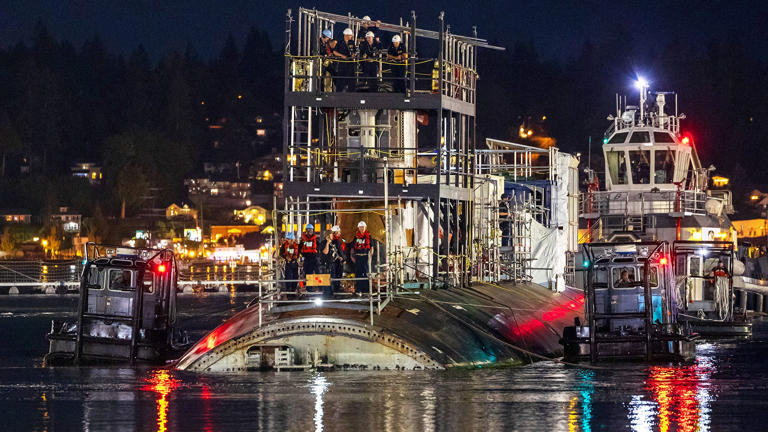
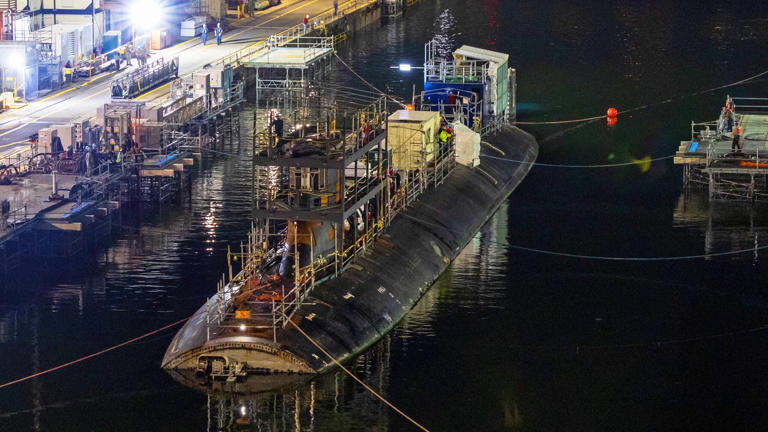

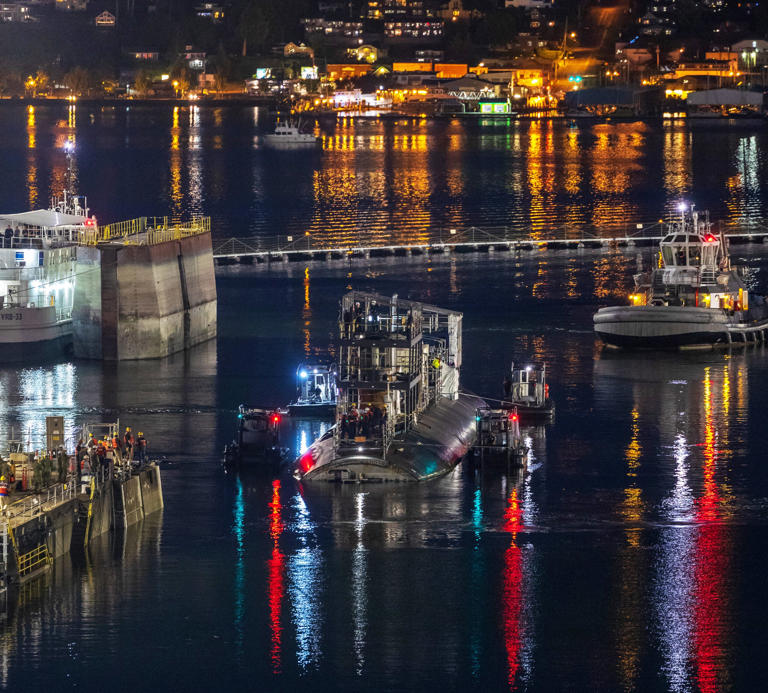
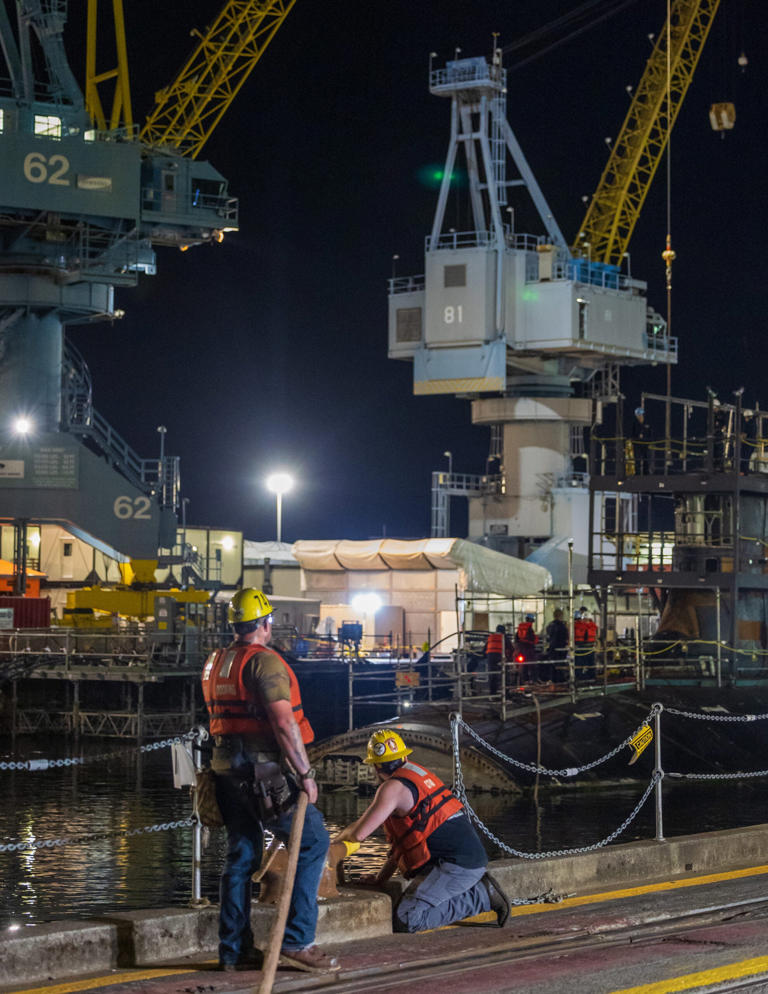





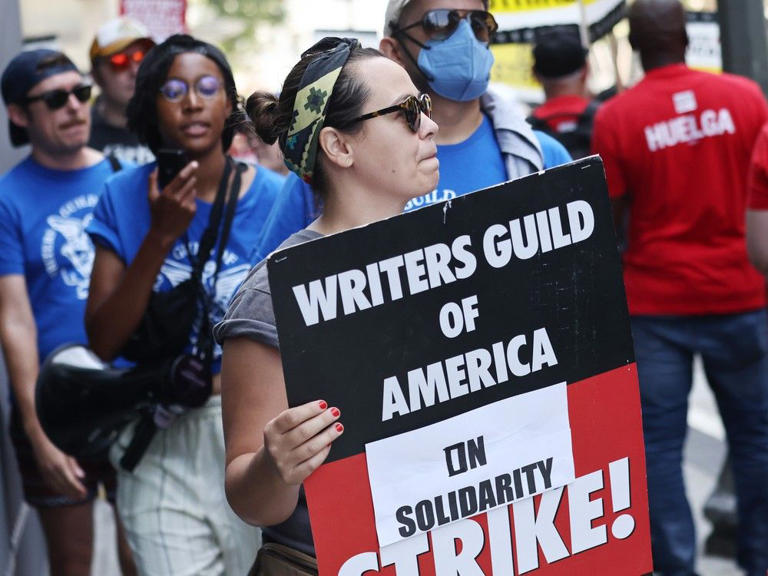



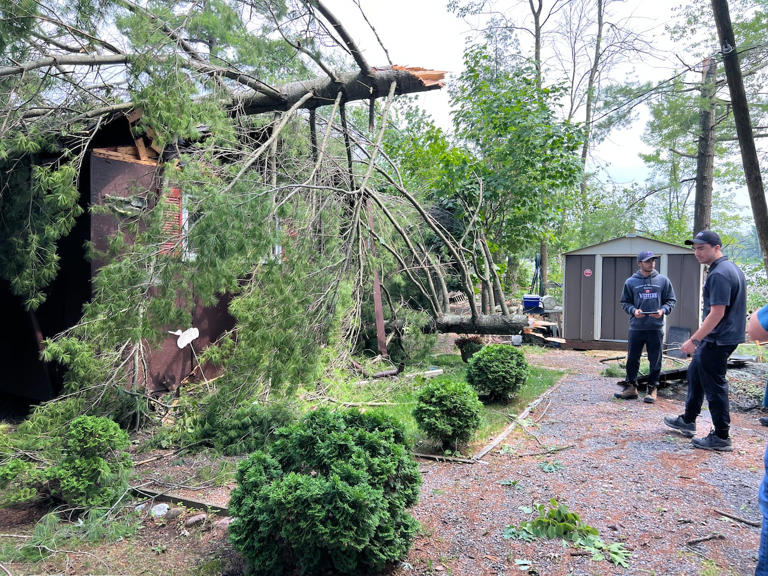


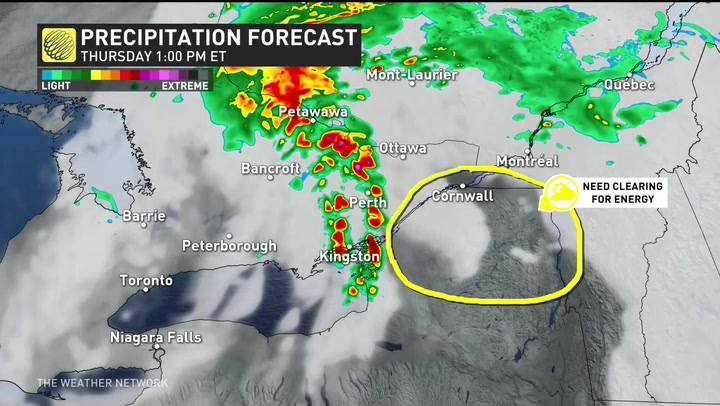



 Evin Ghazi Harris, one of the founders of the Zero Waste (Photo: Evin Ghazi/ZeroWaste)
Evin Ghazi Harris, one of the founders of the Zero Waste (Photo: Evin Ghazi/ZeroWaste)